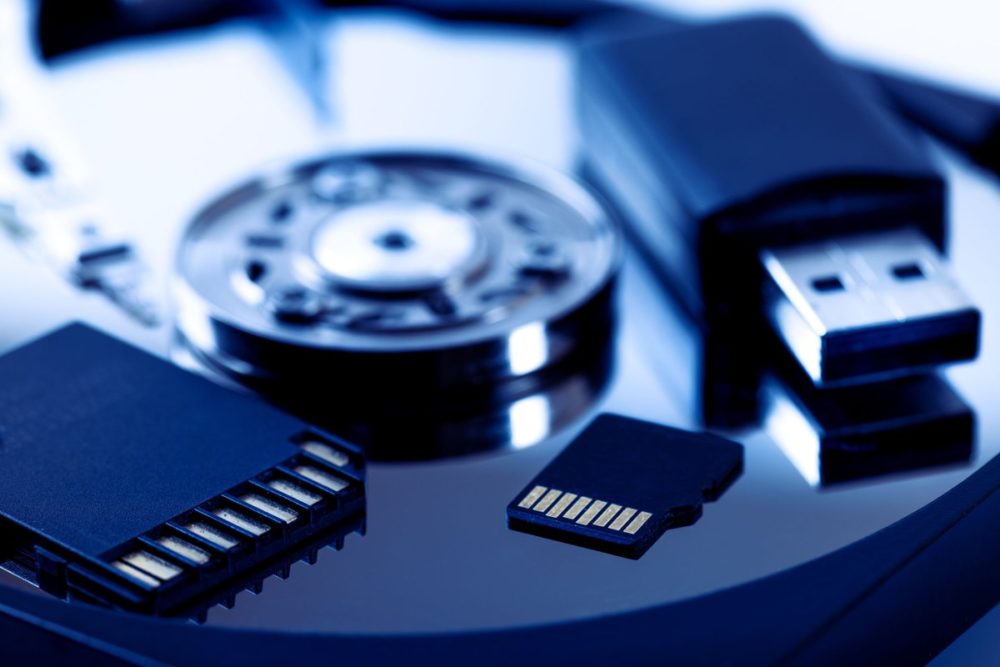Little by little, as years, go by we encounter a new form of technology that makes our lives easier. Just like the improved storage capacity that our computer and mobile gadgets have now. Apart from the internal storage, we have secondary storage devices that we can use to add extra space not only for our pictures and videos but also to our documents.
Indeed, primary storage can store information, but it has limited storage capacity, which only means that it needs support from external hard drive, or any secondary storage like USB flash drive, SSD, and Cloud Storage. Despite the limitation, there is a certain type of primary storage that can keep information even in the absence of power supply, and that is the Read-only memory. As the name implies, this non-volatile chip only read certain instructions and does not allow the consumer to alter anything. One example of ROM is the command required to boot our computer once it has been turned off.
This section might not be enough for you to know all about primary storage and secondary storage and how it works, but we will do our best to make it clear in the next segment. Stay with us and read on for more information.
Difference between Primary and Secondary Storage
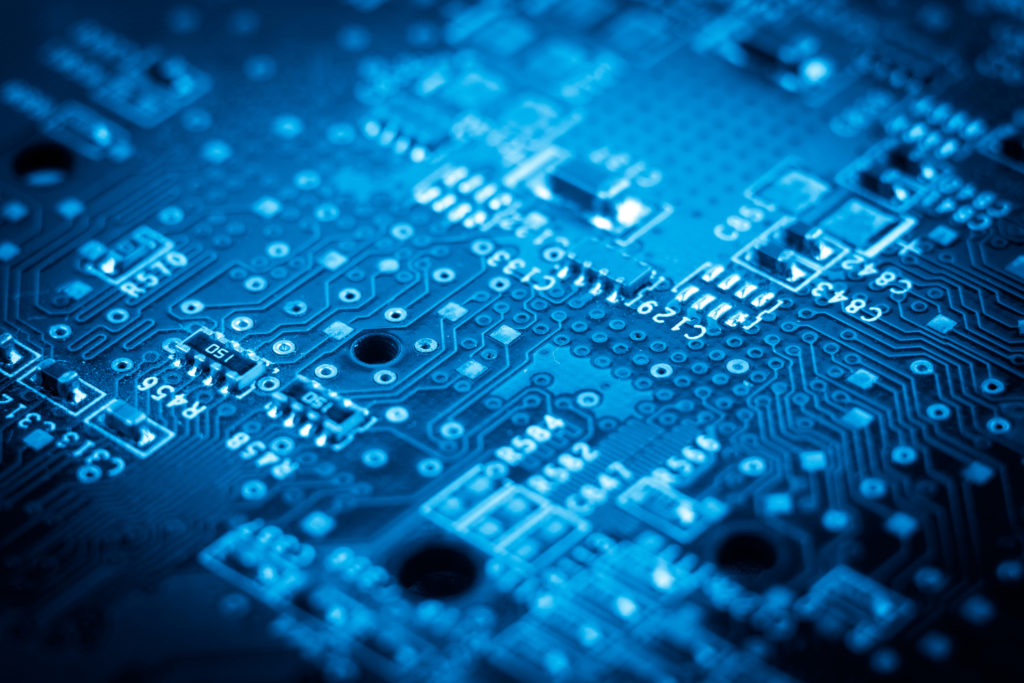
Primary storage is also known as primary memory that holds information temporarily, like in the case of RAM. Once the power supply is out, the information gets lost. Whereas, the secondary storage device can be internal or external in the form which can store information in a long period without the need for power supply.
Being part of the CPU makes primary storage work faster, while the large data storage of a secondary device makes it work slower. However, secondary storage devices are less expensive to keep as you can isolate it from any uncontrolled vulnerabilities. Moreover, it can store millions of information comprising your photos, video clips, and documents.
Types of Primary Storage

There are four types of primary storage, namely the register, cache memory, random access memory, and read-only memory.
-
Register
The storage capacity of this type is the least among all.
-
Cache memory
This is substantially positioned near to the CPU that is why it process and store information temporarily.
-
Random Access Memory
This type keeps more information than the register. However, in contrary to secondary storage, it holds less information. This type must process information. Once you open your Microsoft Word on your computer, the information that comes from the auxiliary storage goes to the RAM, where it will be processed. RAM is volatile primary storage, meaning when there is no supply of current due to brownout, it will lose all the data like what will happen to register and cache memory.
-
Read-Only Memory
Earlier, we have already mentioned that this type of primary storage can store information without power supply. Its primary function is to keep commands to reboot your computer.
Types of Secondary Storage
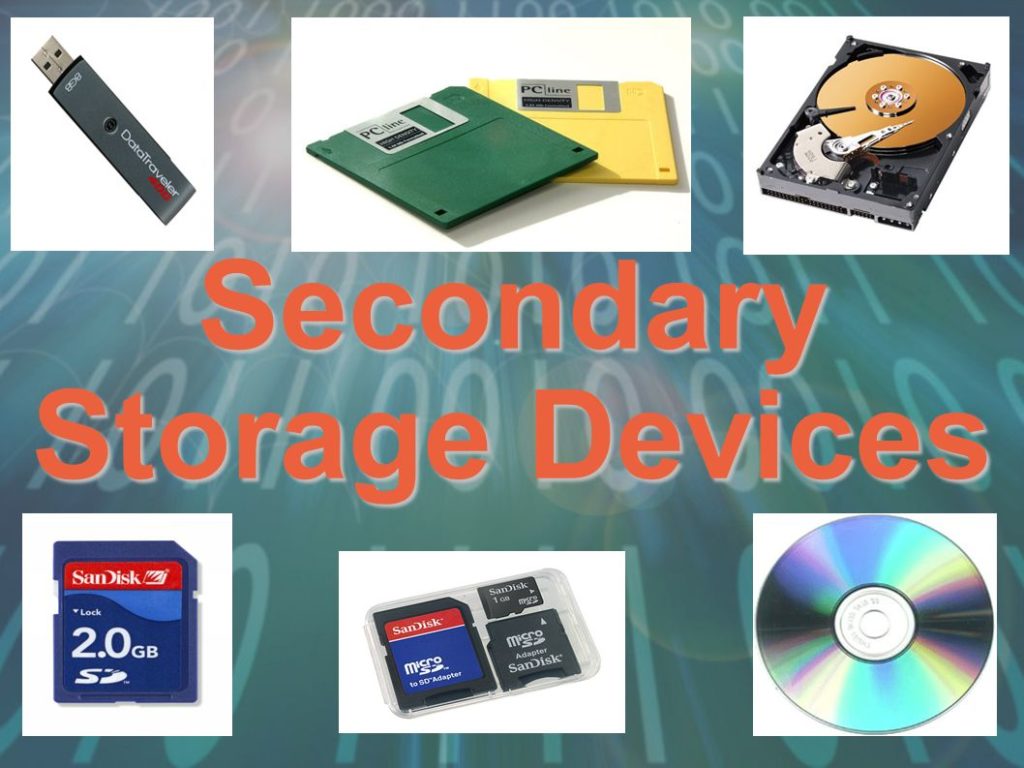
-
Solid State Storage
A non-volatile silicon microchip-made storage device that can keep information even a computer is turned off. It is very manageable as it has no moving parts. It also produces less heat, that is why it can last longer. The USB Stick and the solid-state drives are examples in the form of an external storage device. This is very applicable to our smartphones, DSLR, and tablets.
-
Optical Storage Devices
In this type of electronic device, a laser beam is used to keep or record digital information. The disk surface includes lands and pits. Once a laser beam strikes the disk surface, lands emulate the light back while pits distribute the laser ray. There are three types of optical media, including ROM media, read media, and Read/write media. Some example under ROM media is music, games, and software.
-
Magnetic Storage Devices
This is the oldest device among the three. Information in the magnetic disk is read by spinning the tape in a read-write head. Hard disk drive, floppy disks, and tapes are the examples under these storage devices. Even though it has a large storage capacity, it is very susceptible to magnetic fields and breakage because of its mechanical parts. Good thing for hard drive because it can last up to eight years, and it works at high speeds.
Storage Considerations
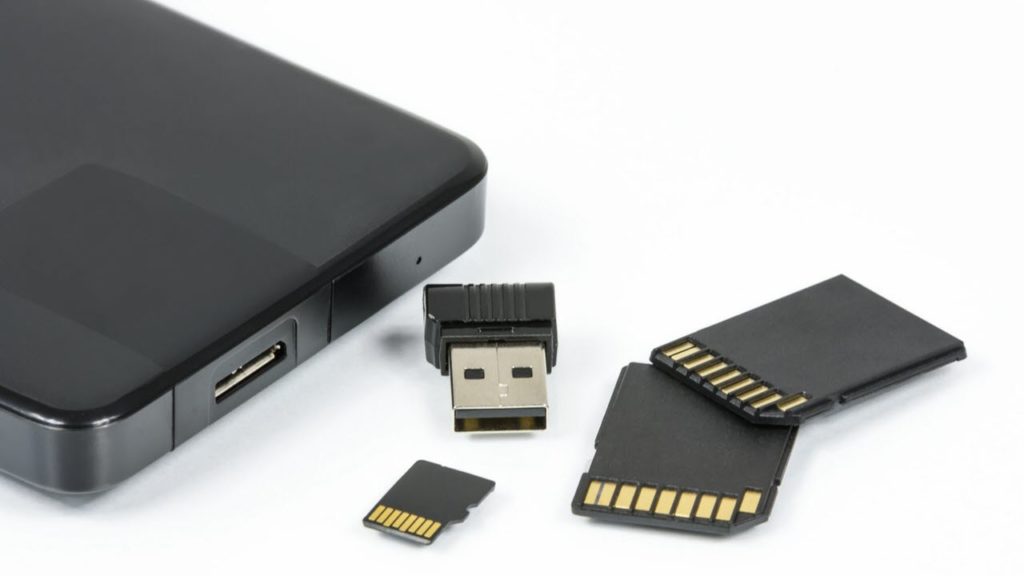
- Capacity. This factor will entirely depend on your needs. You must figure out if the storage device that you will purchase is for the small file or large files. The more space you need, the more you need to have larger storage capacity. It’s all up to your requirement, so check it out first before you try to buy any storage devices.
- Speed. A great factor to consider as it defines how fast your data can be transferred from primary to the secondary storage device. Today, the fastest sport in the USB flash drive is the one that has a 3.0 connection. It has a transfer rate of 640MB per second.
- Portability. Different types of USB flash drive differs in style. You should check if credit card hard drive or key chain USB flash drive can suit you well. This way, you can carry it wherever you are.
- Durability. You may prefer cheaper USB flash drive, but in the long run, it may just cost you a lot more as the quality might not be standard. Hence, you should still consider cost demanding USB flash that can last longer.
- Security. Everything right now can be accessed on the internet with the right application. That is why you must use a USB flash drive that has at least password encryption. This way, you can secure your information form possible hackers or malware.
Photo Stick – External Storage Device
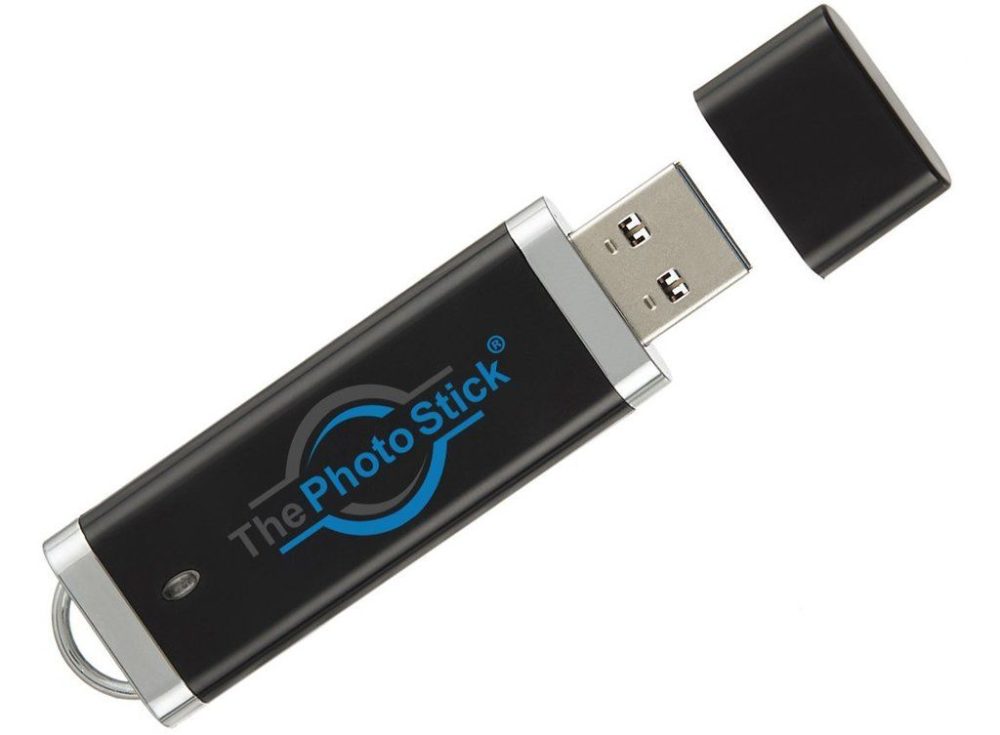
The presence of Photo Stick will solve all your worries and hassle problems. When you run out of storage capacity in your mobile phones or computer Photo Stick can help you back up your data and free up your space. It is very flexible and portable. Photo Stick can accept various file formats such as JPG, PNG, MOV, MPEG4, TIFF, GIF, MOV, and many more.
Whenever you are in a hurry or hectic schedule, you can instantly copy or scan your documents. This USB flash drive can organize, manage, and duplicate your files in just a few seconds or minutes. Storage capacity comes in 8GB, 64GB, 128 GB, and many more. You can also use this without any internet connection. Amazingly, this is an excellent investment for your all-around work needs.

